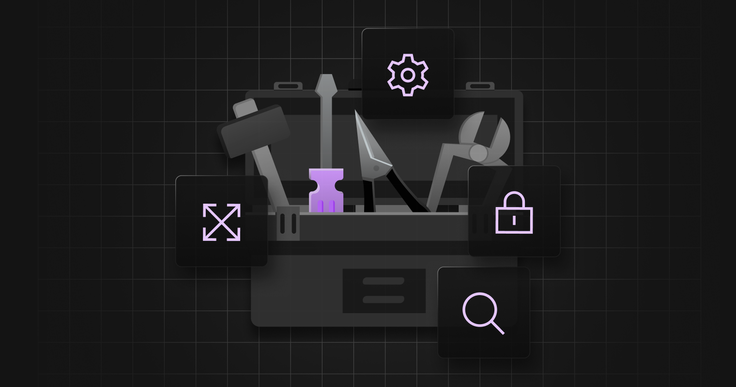How long have you been able to search the internet using Google? It’s been since the late 1990s at least. But how long have you been able to search your company’s data files and resources? For me, that began this year when we adopted Glean.

From writing emails to summarizing documents and having conversations, AI has changed the way we work — and it’s growing rapidly in intelligence. But most AI users don’t realize that it falls into two distinct camps: consumer AI, and enterprise AI — and there’s a world of difference between the two.
Consumer AI is fun. Enterprise AI is complex.
Most consumer AI experiences rely on straightforward interactions. Ask a question (hello ChatGPT), get an answer. On the other hand, enterprise AI use cases are far more ambitious — and large in scale. Think co-pilots that pull real-time data from live systems, agents that autonomously plan and execute tasks or AI-driven logic that automates business workflows.
It’s one thing to use AI in a browser tab. It’s another entirely to embed it into critical business systems. Enterprise AI use cases demand more than clever prompts. They require serious performance from the underlying data infrastructure they’re built on, because AI is only as good as the data it reaches — and the speed and security it uses to access it.
The most important decision organizations will make right now if they want to get started with enterprise AI isn’t simply which model to use — it’s which data layer is performant enough to power all of it. And unfortunately, many organizations hit a wall.
The data problem no one wants to talk about
If you look at today’s enterprise data landscape, it’s fragmented, scattered across different data types or pieced together in speciality systems. You’ve got relational data in one place; JSON and semi-structured in another; logs and time-series elsewhere. Maybe you’ve even added a vector database for embeddings. And all of this is piped into a data warehouse for analytics. Sad to say, it’s an all-too-common scenario.
This spaghetti, patchwork architecture may work for light workload dashboards and one-trick-pony use cases — but it doesn’t work for enterprise AI agents and real-time applications. It’s too slow, complex and doesn’t provide the full-context, low-latency access AI systems need to reason — especially in real-time RAG (Retrieval-Augmented Generation) workflows.
The result? Slower performance, security gaps and hallucinations that cost you (both in trust and dollars).
Launch AI-driven features. Without hitting limits.
- Free to start.
- Start building in minutes.
- Run transactions, analytics & AI.
SingleStore: The performant AI data layer
At SingleStore, we believe the fastest path to effective enterprise AI is a unified, highly performant data layer — one that supports all your workloads, data types and consistently delivers the context your AI data stack needs.
SingleStore delivers the performance you need for enterprise AI. We combine transactional (OLTP) and analytical (OLAP) processing, multi-model data support (vectors, full-text, JSON, time-series, etc.) and real-time analytics all in one platform.
That means your agents retrieve the data they need in one shot, from one place without losing context — a feature known as single-shot retrieval.
Why single-shot retrieval matters
One of the most overlooked challenges in AI is retrieval. Remember that pieced-together database architecture? Most systems today require agents to query multiple databases, cull the results and hope the context makes sense. The outcome is a maze of handoffs, conversions and ultimately, an increasing risk for hallucinations.
With SingleStore, everything lives in one place. One query. One engine. Real-time performance. All of which are critical for your enterprise AI systems to be fast, accurate and secure.
Built for what’s next — so you can build for what’s next.
Like the initial wave of consumer AI, the enterprise variety is fast evolving. We’re moving from isolated copilots and simple applications to fully integrated agents that interact with your core business data and logic. They need access to data across the board — not just to answer questions, but to empower your teams (and customers) to make fast decisions, and move even faster.
Enterprise AI is more than a tool. It’s a new way of work. And that starts with the right foundation. So choose your foundation wisely.
Frequently Asked Questions












.png?width=24&disable=upscale&auto=webp)



